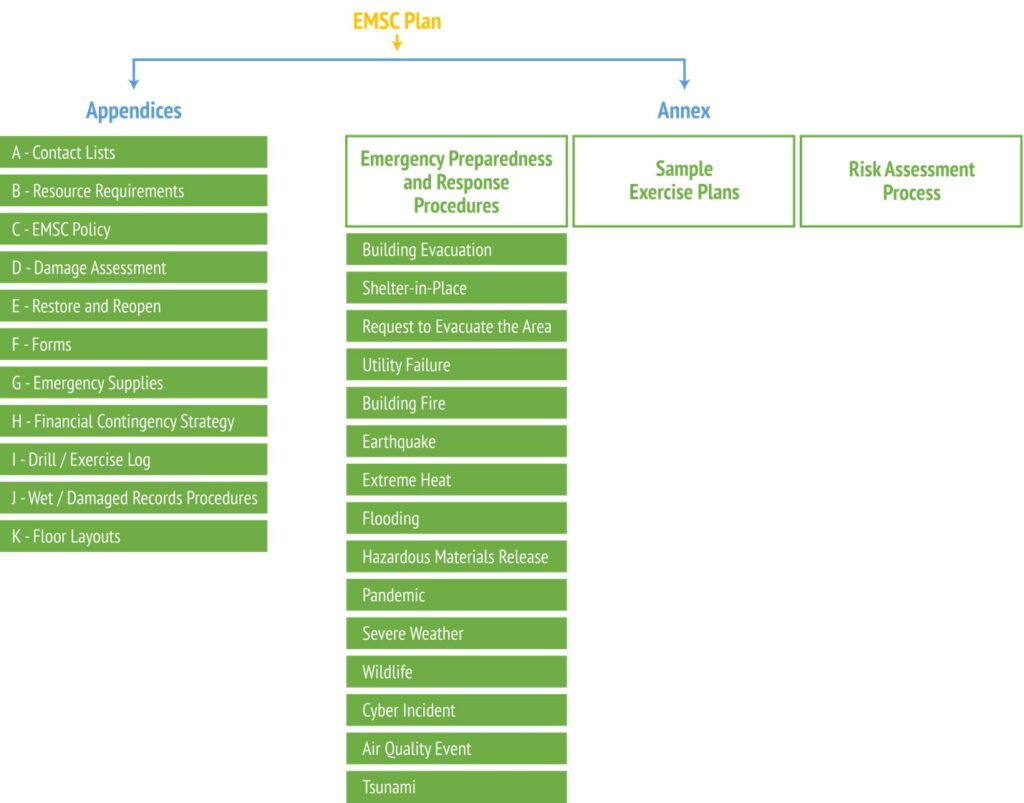With an increase in the frequency and intensity of climate events in British Columbia and around the world, economic pressures, supply chain issues, political unrest, increasing cyber threats and limited resources, including staffing shortages, it has become apparent that organizations need to be better prepared when responding to disruptive events. These adverse risk events require an organization to be better prepared by setting priorities, establishing alternate arrangements, and documenting response and continuity procedures while pre-positioning resources.
Emergency Management and Service Continuity (EMSC) planning does not historically take into account intersectionality and how people may be impacted differently due to their gender, age, race, ethnicity, religion, ability and immigration status. Everyone can be equally exposed to a hazard, but gender can impact an individual’s level of vulnerability and access to resources. Violence against women, children and youth will continue, and often escalate, during, and post-event. EMSC planning can mitigate against loss, reduce vulnerability, and ensure equity of outcomes, so service providers may continue their important work.
With disasters and emergencies on the rise, it is increasingly likely that the anti-violence sector will experience extended disruptions to service provider operations.[1] The aim of the Emergency Management & Service Continuity (EMSC) program is to provide an organization and its employees with the skills and tools to respond effectively to an emergency, continue to provide essential services, and then resume full operations. Thereby enhancing personal safety and the safety and security of employees, volunteers and program participants.
Through a one-year project in partnership with the Canadian Red Cross Society, BCSTH worked with a service continuity expert to develop an 8-stage process, and corresponding tools and templates (outlined in the graphic below), to assist Women’s Transition House and Support Program’s to develop their Emergency Management and Service Continuity (EMSC) program. Five BCSTH member programs, plus BCSTH itself, were selected as pilot sites, received training and utilized and tested the risk assessment and EMSC program planning templates.
The 8-stage process has been translated into an online platform which provides step-by-step instructions on how to complete the corresponding templates and tools required to identify organizational vulnerabilities and service continuity strategies to develop a fulsome organizational EMSC program. It also supports the development of a culture of readiness within an organization when responding to adverse risk events that could impact operations, services, staff and program participants.
All of the EMSC program tools and templates (illustrated in the chart below) can also be found on BCSTH’s member-only Policy Portal.

This work supports BCSTH members in fulfilling their BC Housing Operating Agreements, specifically Schedule G: Risk Management and the development of a Business Continuity Program, also known as an Emergency Management and Service Continuity (EMSC) Program.
If you have any questions, please feel free to contact Hannah at hannah@bcsth.ca.
[1] Valoroso, A., O’Neil, C. & Sulzycki, M. (2023). Service Continuity Guidelines for the Gender-Based Violence Sector. Canadian Women’s Foundation.

